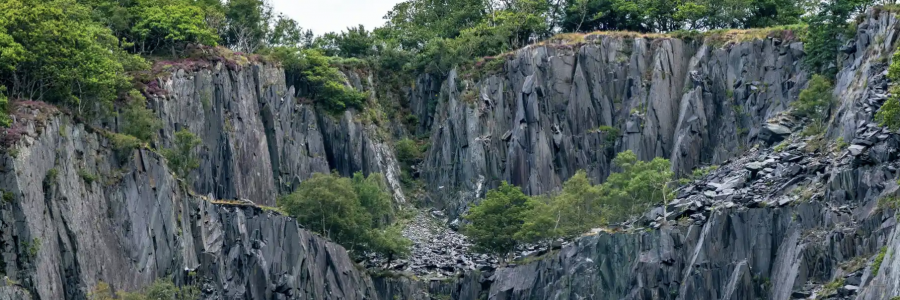
Roofing of the 19th century Slate landscape of Wales is UNESCO Heritage site
The Slate landscape of north west Wales which roofed the 19th century world as its quarries exported slate across the globe, has become the UK’s newest Unesco world heritage site.
The landscape surrounding Snowdonia in the county of Gwynedd was awarded the prestigious global status already enjoyed by sites like Great Wall of China, Machu Picchu in Peru and Grand Canyon in the US by the World Heritage Committee at a meeting in China.
The Slate of Landscape in Wales becomes the UK’s 32nd world heritage site after Liverpool was stripped of status recently over developments including the planned new Everton FC stadium, that were said to have result in serious deterioration of the historic waterfront site.
Boris Johnson described the Slate landscape as “an area of remarkable uniqueness and breath taking beauty”.
The area served international demand for Welsh slate between 1780 and 1940 with Gwynedd also home to major developments in quarrying and stone processing employing more than 17, 000 people and producing more than half a million tonnes of slate a year. The slate had been quarried in north Wales for more than 1, 800 years demand surging during the industrial revolution, with cities growing across the UK and slae required for roofing .
Several buildings in the world including Westminster Hall in London’s Houses of Parliament, The Royal Exhibition Building in Melbourne, Australia, and Copenhagen City Hall in Denmark. In 1830, half the buildings in New York had roofs made of Welsh slate.
Wales now boasts four world heritage sites with its addition to Pontcysyllte, Aqueduct, Blaenavon industrial landscape, and the castles and town walls of King Edward in Gwynedd.
Mark Drakeford the Wales first minister said “ The quarrying and mining of slare has left a unique legacy in Gwyneed which the community are rightly proud of. The worldwide recognition today by UNESCO will help preserve that legacy and history in those communities for generations to come and help them with future regeneration.”
The City of Bath– originally inscribed on the world heritage list in 1987 – has also been awarded a dual designation as part of the great spas of Europe.
